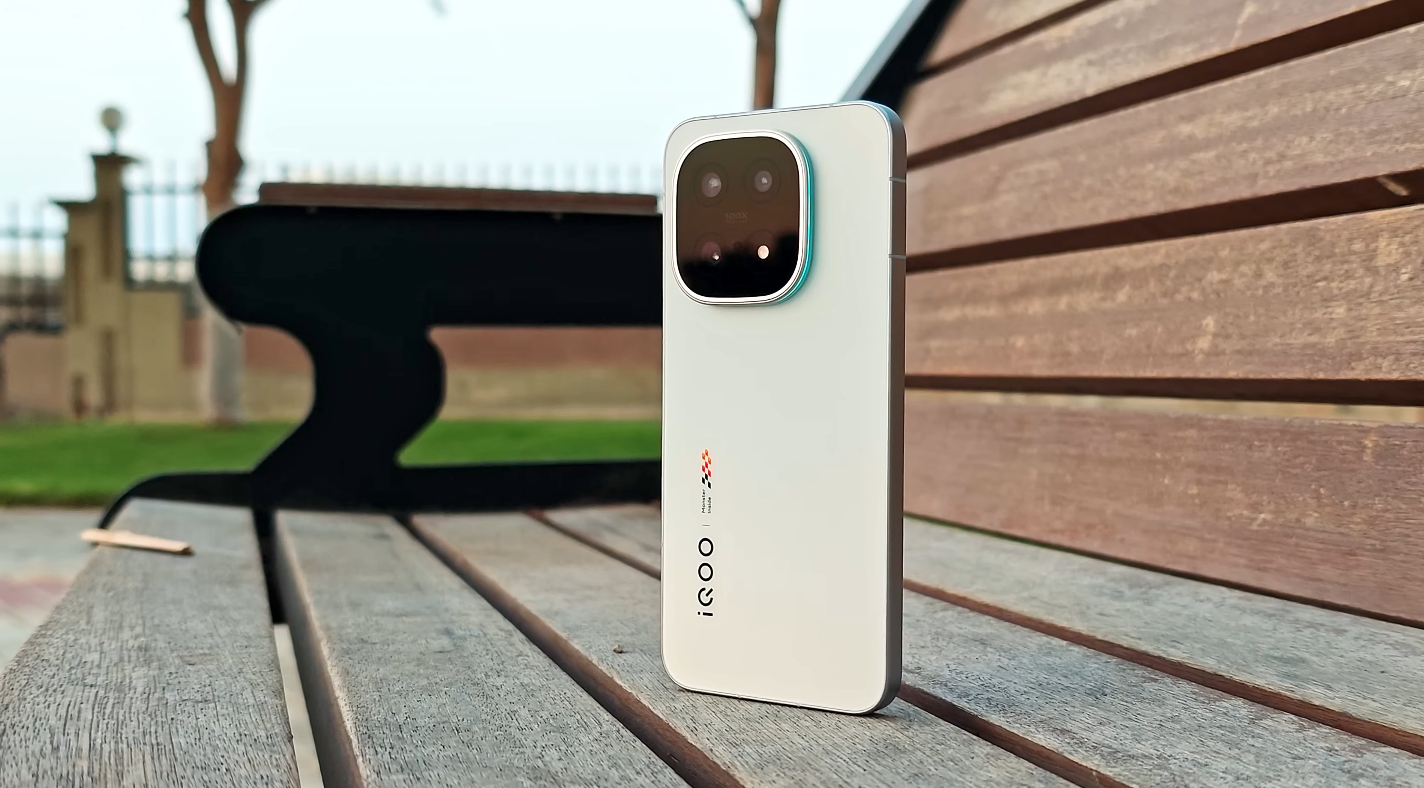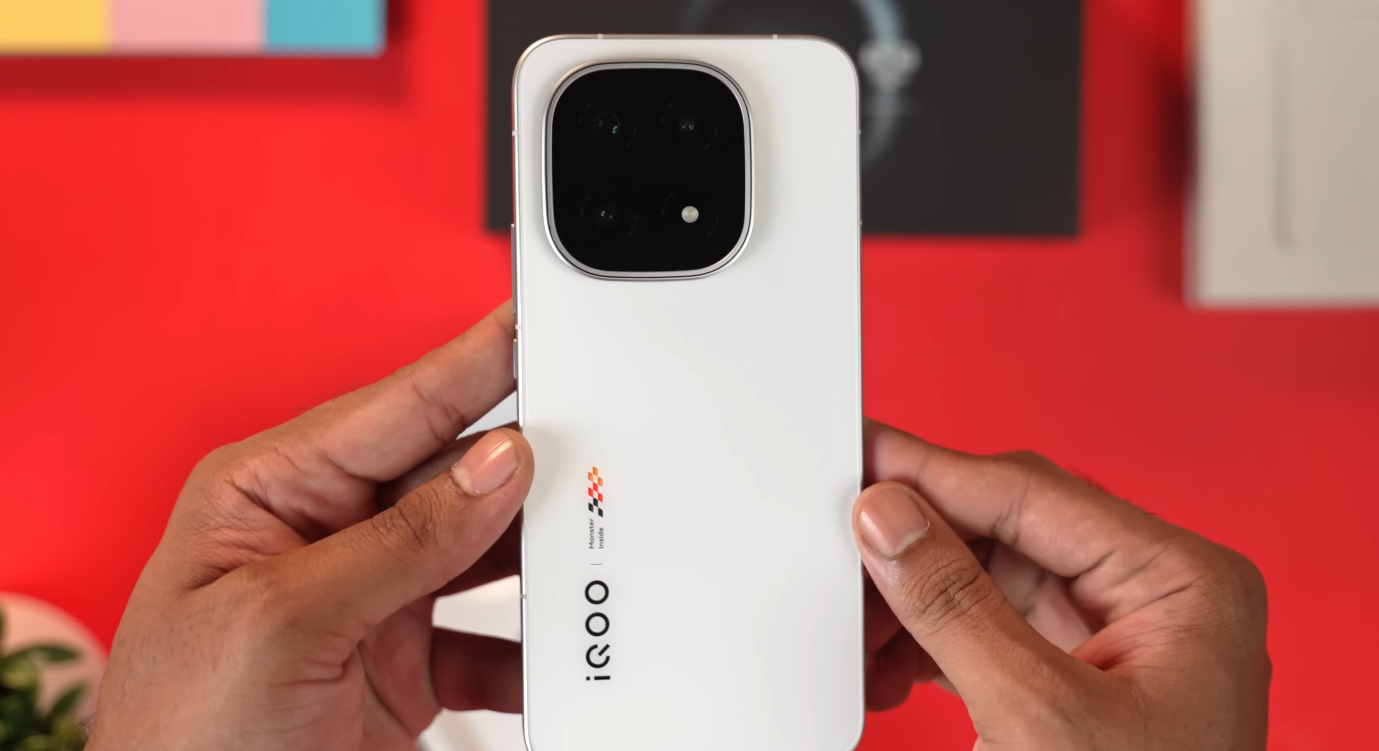Smarter Imaging: How the iQOO 15 Aims to Raise the Camera Game
The iQOO 15 is emerging as one of the most interesting upcoming Android phones this year, especially when it comes to photography. Recent leaks suggest that iQOO is planning serious AI-driven upgrades to the camera system, potentially elevating not just the hardware but also how the phone processes images in real-time. If these enhancements arrive as expected, the iQOO 15 could deliver smarter photo results, cleaner zoomed shots, and more intelligent image optimization than many rivals at its price tier.
One of the key hints comes from leaked camera sample discussions, where the iQOO 15 is reported to feature a triple rear camera setup including a periscope telephoto lens. These leaks also mention the use of iQOO’s imaging algorithm named “NICE” which is said to boost zoom clarity, suggesting that iQOO is combining hardware upgrades with more capable AI processing. For example, one leak states the periscope lens uses a 1/2-inch sensor and 70mm focal length, and that the AI algorithm helps produce clearer zoom images.
Beyond the optical zoom boost, the AI improvements are expected to influence everyday photography in more subtle ways. With multiple 50MP sensors rumored (main, ultra-wide, telephoto), the iQOO 15 appears designed to rely on AI-based image fusion, real-time scene detection, and better low-light optimization. These techniques allow the camera system to intelligently choose the best combination of lens, exposure, and processing for each shot—reducing the need for manual adjustments and improving results across different lighting conditions.

Another aspect of the leaks draws attention: the expected chipset and display hardware. With the iQOO 15 tipped to use Qualcomm’s upcoming flagship chipset (Snapdragon 8 Elite Gen 5) and a premium display, the phone can support advanced image processing tasks efficiently. This means the AI photo features aren’t just added extras—they’re supported by strong hardware. The combination suggests that iQOO is aiming for more than just “good enough” photography; it’s aiming for intelligent, high-quality results that rivals flagships.
The implications for buyers are interesting. If the iQOO 15 launches with these AI enhancements, users could see improved zoom clarity, sharper detail in low light, better colour and exposure accuracy, and more consistent results across all lenses. That kind of upgrade is meaningful for both casual photographers and power users who want a smartphone that handles all scenarios well without requiring lots of technical fiddling. In the value-flagship space, this could make the iQOO 15 stand out.
Of course, as with any leak-driven anticipation, there are caveats. Until the phone is officially launched and real-world reviews emerge, it’s unclear how well the AI features will perform in everyday use. Image quality depends heavily not just on sensors and lenses, but also on software tuning, region-specific optimisations, and update support. Buyers in markets like the UK will want to confirm whether the AI photo processing works as expected under local conditions.
In conclusion, the iQOO 15’s camera rumours aren’t just about better hardware—they’re about smarter hardware paired with advanced AI processing. If these features come together smoothly, the phone may deliver photography performance that punches well above its price bracket. For anyone in the market for a versatile camera phone without spending ultra-premium money, the iQOO 15 is shaping up as a very compelling option.
Also Read: iQOO 15 UK bloggers reveal iQOO 15 specs in detail

